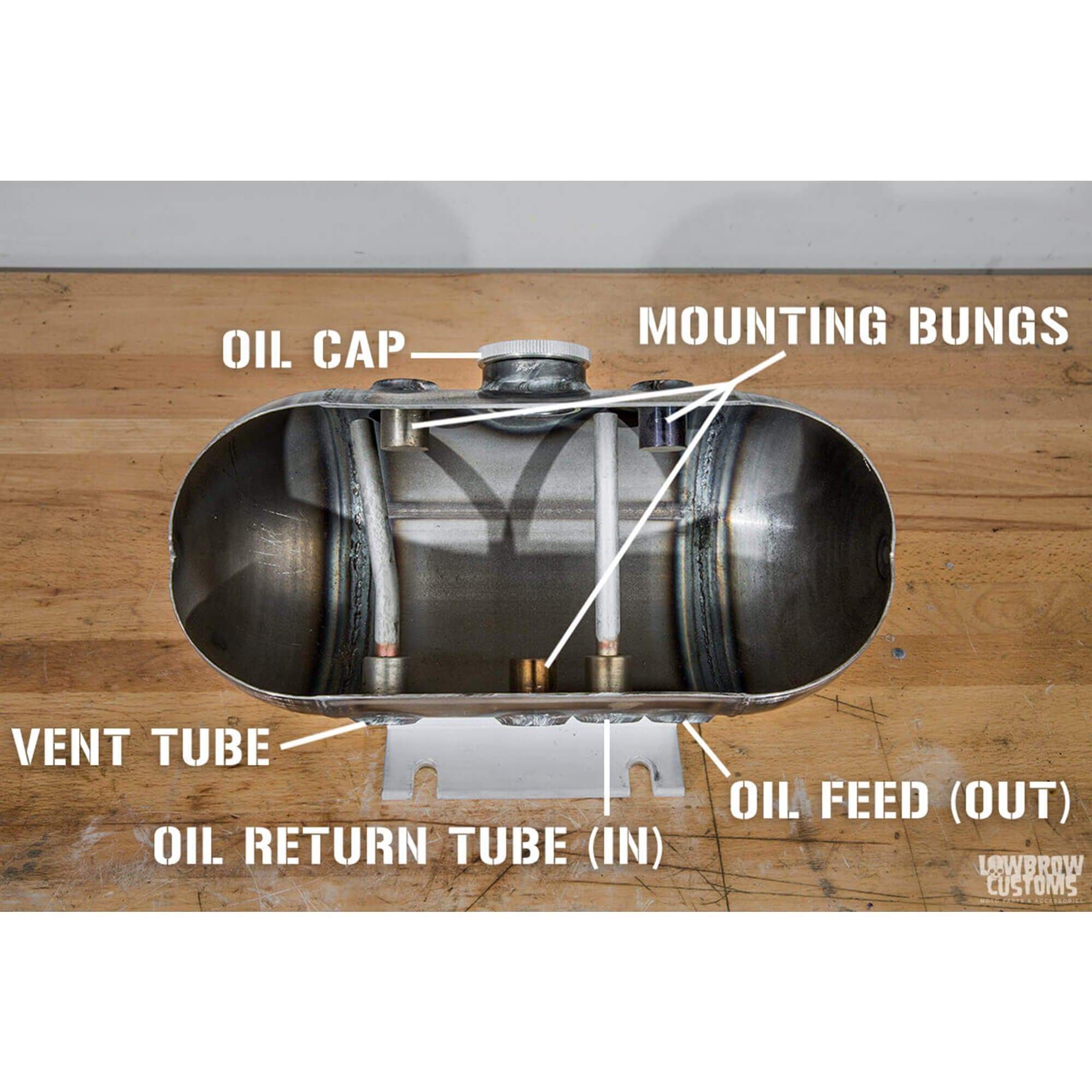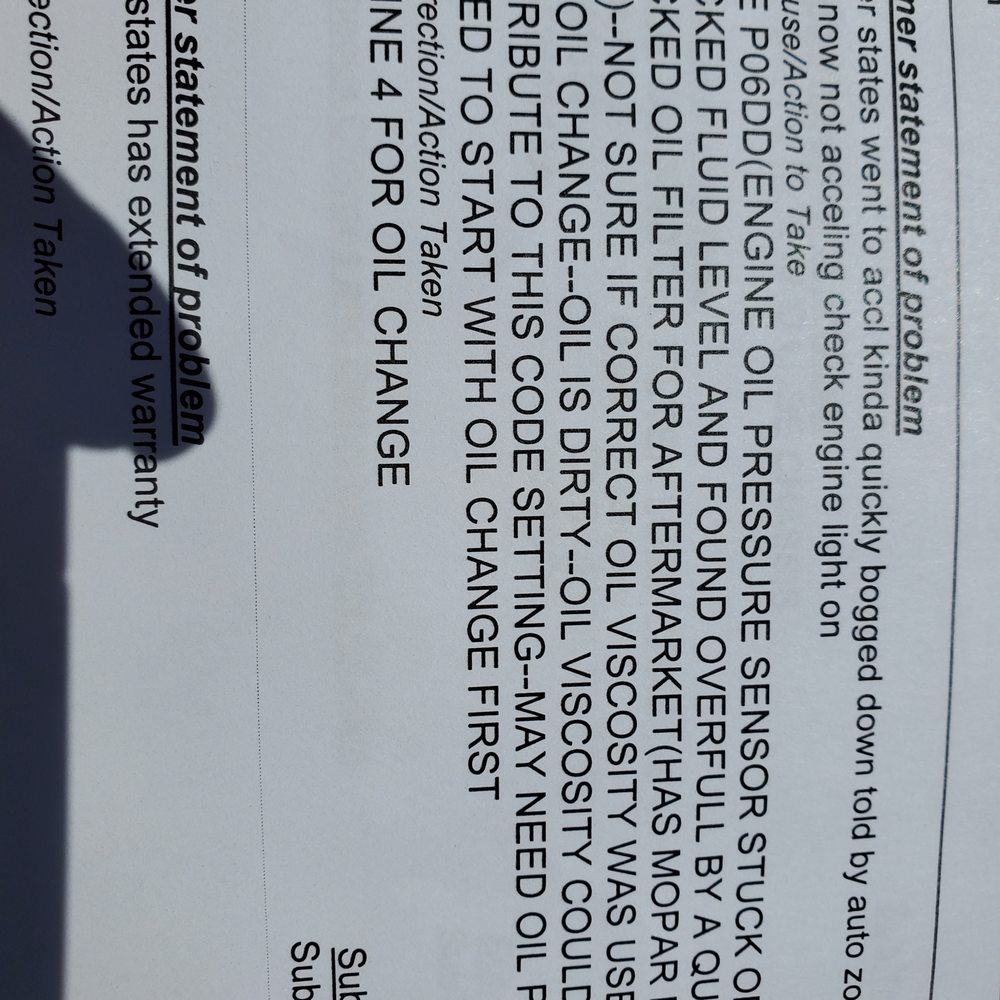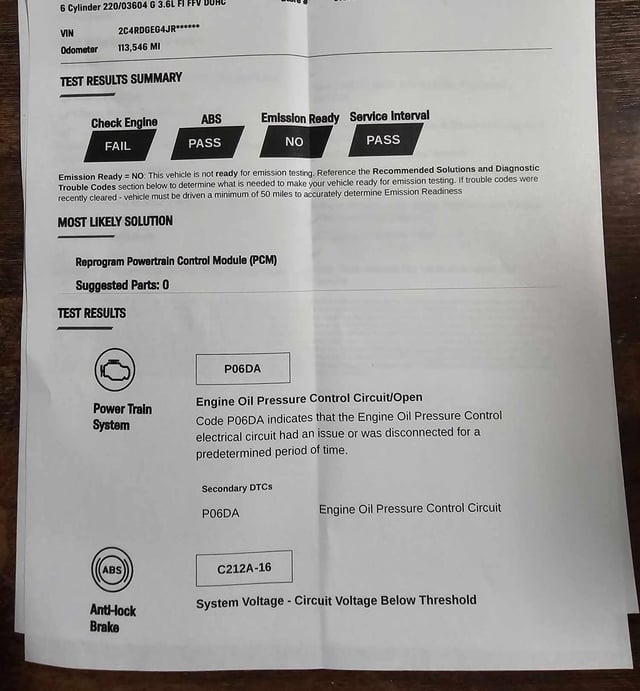The motorcycle oil tank stores oil for lubricating the engine, ensuring proper functioning and longevity. It is a crucial component that requires regular maintenance and monitoring to prevent engine damage.
Motorcycle oil tanks come in various sizes and materials to accommodate different bike models and riding styles. Ensuring the oil tank is clean and free of debris is essential to maintain optimal engine performance. Regularly checking oil levels and changing the oil as recommended by the manufacturer is key to preventing engine wear and tear.
Proper maintenance of the motorcycle oil tank is vital for the overall health and longevity of the bike’s engine. By understanding the importance of the oil tank and following maintenance guidelines, riders can ensure a smooth and efficient riding experience.

Credit: www.lowbrowcustoms.com
Motorcycle Oil Tank Basics
A motorcycle oil tank is an essential component of the engine lubrication system. It stores the oil that is used to lubricate the engine’s moving parts, ensuring that they remain cool and well-lubricated. Understanding the basics of motorcycle oil tanks is crucial for any motorcycle rider or enthusiast. In this post, we’ll take a closer look at the function of the oil tank and the different types of motorcycle oil tanks available.
Function Of The Oil Tank
The primary function of the oil tank is to store the engine oil. The oil is then pumped through the engine to lubricate the moving parts and reduce friction and wear. It also helps to dissipate heat generated by the engine, keeping it cool and preventing damage from excessive heat. The oil tank also serves as a filter, removing impurities from the oil before it reaches the engine. Proper maintenance of the oil tank is crucial to ensure the engine runs smoothly and efficiently.
Types Of Motorcycle Oil Tanks
There are several types of motorcycle oil tanks available, each with its own unique features and benefits. The most common types of oil tanks are:
| Type | Description |
|---|---|
| Wet Sump | The oil is stored in the engine crankcase. This design is simple and cost-effective, but can lead to oil starvation during hard cornering or acceleration. |
| Dry Sump | The oil is stored in a separate tank, which allows for better oil circulation and cooling. This design is common in high-performance motorcycles. |
| External Oil Tank | The oil tank is located outside of the engine, typically on the frame or under the seat. This design is common in custom-built motorcycles and provides greater flexibility in design. |
Choosing the right type of oil tank depends on several factors, including the type of motorcycle, the intended use, and personal preference. It’s important to consult with a professional mechanic or expert to ensure you select the right oil tank for your motorcycle.

Credit: www.amazon.com
Importance Of Regular Maintenance
Regular maintenance of your motorcycle oil tank is crucial for optimal performance. Proper upkeep ensures smooth functioning and prolongs the lifespan of your bike’s engine. Neglecting maintenance can lead to costly repairs and decreased efficiency on the road.
As a motorcycle owner, ensuring the regular maintenance of your bike is crucial for the longevity of its lifespan and the overall performance of the vehicle. One of the essential components that require regular maintenance is the motorcycle oil tank. In this blog post, we will discuss the importance of regular maintenance of the oil tank and how it can help in ensuring engine health and extending the motorcycle’s lifespan.Ensuring Engine Health
Regular maintenance of the motorcycle oil tank is crucial to ensure the engine’s health. The oil tank contains the engine oil, which lubricates the engine components, reduces friction, and prevents overheating. Over time, the engine oil breaks down, and dirt and debris accumulate in the oil tank. This can result in the engine’s inefficient performance, reduced fuel economy, and in severe cases, engine failure. By regularly maintaining the oil tank, you can ensure that the engine oil is clean and fresh, and the engine components are well lubricated, leading to better engine health and improved performance.Extending Motorcycle Lifespan
Regular maintenance of the motorcycle oil tank can also help in extending the motorcycle’s lifespan. As mentioned earlier, the engine oil lubricates the engine components, reducing friction and preventing overheating. By maintaining the oil tank, you can ensure that the engine oil is clean and fresh, which in turn can help in reducing wear and tear on the engine components, leading to a longer lifespan of the motorcycle. Moreover, regular maintenance of the oil tank can also help in identifying any potential issues with the engine early on, which can be addressed before they turn into major problems. In conclusion, regular maintenance of the motorcycle oil tank is crucial to ensure the engine’s health and extend the motorcycle’s lifespan. By following the manufacturer’s recommended maintenance schedule and keeping the oil tank clean and fresh, you can ensure better engine performance and prevent any potential issues with the engine.Choosing The Right Oil For Your Motorcycle
Viscosity And Quality
When selecting oil for your motorcycle, understanding viscosity and quality is crucial. The viscosity of the oil affects its flow and lubrication properties, with different grades suitable for different temperature ranges and engine types. High-quality motorcycle oil ensures proper lubrication and reduces engine wear, enhancing overall performance and longevity.
Synthetic Vs. Conventional Oils
Synthetic and conventional oils each have their own advantages. Synthetic oils are engineered for high performance, offering superior lubrication and stability across a wide temperature range. On the other hand, conventional oils are more affordable and may be suitable for older or less demanding motorcycle engines. Consider your motorcycle’s requirements and usage to determine which type of oil is best suited for your needs.
Step-by-step Guide To Cleaning The Oil Tank
Cleaning the oil tank of your motorcycle is an essential maintenance task that ensures optimal performance and prolongs the lifespan of your engine. By regularly cleaning the oil tank, you can prevent debris, sludge, and contaminants from accumulating and potentially causing damage. In this step-by-step guide, we will walk you through the process of cleaning your motorcycle’s oil tank, ensuring a smooth and efficient cleaning experience.
Draining Old Oil
Before you begin cleaning the oil tank, the first step is to drain the old oil completely. Follow these simple steps:
- Place a drain pan beneath the oil tank to catch the oil.
- Locate the drain plug on the bottom of the oil tank.
- Using a wrench, carefully loosen and remove the drain plug.
- Allow the old oil to drain completely into the drain pan.
- Once all the oil has drained, securely tighten the drain plug back into place.
Cleaning Tank Interior
With the old oil drained, it’s time to clean the interior of the oil tank. Follow these steps to ensure a thorough cleaning:
- Prepare a cleaning solution by mixing warm water and a mild detergent.
- Using a funnel, pour the cleaning solution into the oil tank.
- Swirl the cleaning solution around inside the tank, ensuring it reaches all corners.
- Allow the solution to sit in the tank for a few minutes to break down any stubborn deposits.
- Using a long-handled brush or a clean cloth, scrub the interior of the tank, paying extra attention to areas with visible buildup.
- Rinse the tank thoroughly with clean water to remove any residue.
- Dry the tank completely before reassembling.
By following this step-by-step guide, you can effectively clean your motorcycle’s oil tank, ensuring a clean and well-maintained engine. Regularly cleaning the oil tank will help prevent potential issues and keep your motorcycle running smoothly for years to come.
Inspecting For Wear And Damage
Regularly inspecting your motorcycle oil tank for wear and damage is crucial to ensure its optimal performance and longevity. By identifying common issues and knowing when to seek professional help, you can prevent potential problems and maintain the efficiency of your oil tank.
Identifying Common Issues
When inspecting your motorcycle oil tank, it is important to be aware of common issues that may arise. By being familiar with these problems, you can quickly identify any signs of wear or damage. Here are some common issues to look out for:
- Leakage: Check for any signs of oil leakage around the oil tank or fittings. Even a small leak can lead to a drop in oil levels and affect the performance of your motorcycle.
- Rust or Corrosion: Examine the tank for any signs of rust or corrosion. Rust can weaken the tank and lead to leaks or structural damage.
- Dents or Cracks: Inspect the tank’s exterior for any dents or cracks. These can compromise the integrity of the tank and increase the risk of oil leakage.
- Loose or Damaged Fittings: Ensure that all fittings and connections are secure and undamaged. Loose or damaged fittings can cause oil leaks and affect the oil flow.
When To Seek Professional Help
While regular inspections can help you identify minor issues, there are certain situations where it is best to seek professional help. If you notice any of the following signs during your inspection, it is recommended to consult a qualified mechanic:
- Severe Damage: If you find significant damage, such as large cracks or extensive rust, it is crucial to seek professional assistance. Attempting to repair severe damage on your own may lead to further complications.
- Unusual Noises: If you hear any unusual noises coming from the oil tank or notice vibrations, it could indicate internal damage or a mechanical issue. A professional can diagnose the problem accurately.
- Persistent Leakage: If you consistently experience oil leakage, even after addressing minor issues, it is advisable to consult a professional. They can identify the underlying cause and provide appropriate solutions.
- Uncertain Inspection Results: If you are unsure about the condition of your oil tank after inspection or lack the necessary expertise, it is best to seek professional guidance. They can conduct a thorough examination and offer expert advice.
Regularly inspecting your motorcycle oil tank for wear and damage is essential for maintaining its performance and extending its lifespan. By identifying common issues and knowing when to seek professional help, you can ensure a smooth and trouble-free riding experience.
The Role Of Oil Filters
Selecting The Right Filter
When selecting the right oil filter for your motorcycle, it’s crucial to consider the compatibility with your specific make and model. Look for filters that are designed to handle the demands of your bike’s engine and ensure proper fitment.
Changing The Oil Filter
Changing the oil filter is an essential part of motorcycle maintenance. It’s recommended to replace the filter every time you change the oil. This ensures that any contaminants or debris are effectively filtered out, allowing the fresh oil to flow through the engine unimpeded.
Common Mistakes To Avoid
When it comes to motorcycle oil tanks, there are common mistakes to avoid. Ensure you don’t overuse phrases like “when it comes to” and “if you” in your sentences. Keep your sentences concise, with a maximum of 20 words each, and use different expressions to maintain reader interest.
Remember to write in an active voice and avoid repetitive terms.
Overfilling The Oil Tank
Overfilling the oil tank can lead to serious engine damage.
Check the oil level before adding more to avoid overfilling.
Neglecting Regular Changes
Regular oil changes are crucial for optimal motorcycle performance.
Follow manufacturer recommendations for oil change intervals.

Credit: www.amazon.com
Advanced Tips For Enhanced Performance
Enhance your motorcycle’s performance with these advanced tips.
Upgrading Components
Install high-quality components for better performance.
- Upgrade exhaust system for improved airflow.
- Invest in premium spark plugs for efficient combustion.
- Opt for lighter alloy materials for enhanced speed.
Performance Additives
Boost your oil tank with performance-enhancing additives.
- Use synthetic oils for smoother engine operation.
- Add fuel injector cleaners for optimal fuel delivery.
- Include octane boosters for increased power output.
Environmental Considerations
When maintaining your motorcycle oil tank, it’s crucial to consider the environmental impact of your actions. By following proper disposal methods and opting for eco-friendly oil options, you can minimize harm to the environment.
Proper Disposal Of Used Oil
- Take used oil to a certified recycling center
- Avoid dumping oil down drains or in the trash
- Recycle oil filters as well
Eco-friendly Oil Options
- Look for oils labeled as “biodegradable”
- Consider plant-based or synthetic oils
- Choose oils with minimal environmental impact
Troubleshooting Common Oil Tank Issues
Motorcycle oil tank issues can disrupt your ride. Knowing how to troubleshoot common problems can keep your bike running smoothly.
Leak Detection And Repair
- Inspect tank for visible signs of leaks.
- Look for oil stains under the bike.
- Repair leaks promptly to prevent engine damage.
Addressing Contamination
- Identify contaminants in the oil tank.
- Flush the tank to remove impurities.
- Refill with fresh, clean oil to avoid engine problems.
Frequently Asked Questions
Faq 1: How Often Should I Check The Oil Level In My Motorcycle Oil Tank?
Checking the oil level in your motorcycle oil tank is recommended every 500 miles or once a month to ensure optimal performance.
Faq 2: What Type Of Oil Should I Use In My Motorcycle Oil Tank?
It is important to use a high-quality motorcycle-specific oil that meets the manufacturer’s specifications for your bike to ensure proper lubrication and performance.
Faq 3: Can I Use Regular Automotive Oil In My Motorcycle Oil Tank?
No, regular automotive oil may not have the necessary additives and viscosity for motorcycles, and using it can lead to clutch slippage and other performance issues.
Faq 4: How Do I Know If My Motorcycle Oil Tank Is Leaking?
You can check for oil leaks by inspecting the area around the oil tank, looking for any visible signs of oil drips or puddles, and monitoring the oil level regularly.
Faq 5: What Should I Do If My Motorcycle Oil Tank Is Overfilled?
If your oil tank is overfilled, it is recommended to drain the excess oil to prevent damage to the engine and ensure proper lubrication.
Faq 6: How Often Should I Change The Oil In My Motorcycle Oil Tank?
Most manufacturers recommend changing the oil in your motorcycle oil tank every 3,000 to 5,000 miles or as specified in your bike’s owner’s manual.
Faq 7: Can I Mix Different Brands Of Oil In My Motorcycle Oil Tank?
It is generally not recommended to mix different brands of oil in your motorcycle oil tank, as they may have different chemical compositions that can affect performance and lubrication.
Faq 8: What Are The Signs Of Low Oil In My Motorcycle Oil Tank?
Signs of low oil in your motorcycle oil tank can include increased engine noise, difficulty shifting gears, poor performance, and the oil pressure warning light illuminating.
Conclusion
A well-maintained motorcycle oil tank is crucial for optimal engine performance and longevity. Regular oil checks and changes are essential to ensure smooth and efficient operation. By selecting the right type of oil and adhering to manufacturer recommendations, riders can enjoy a safer and more enjoyable experience on the road.


